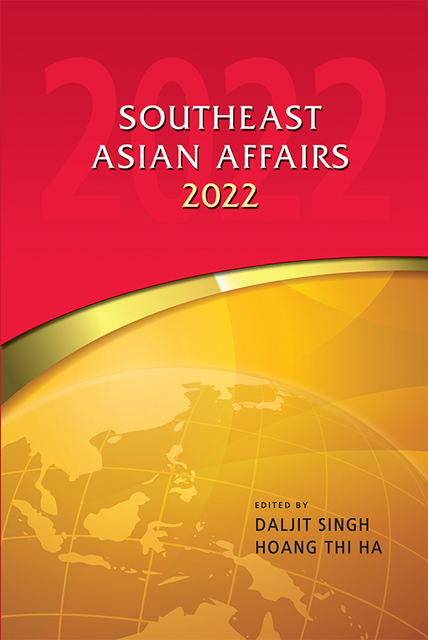Myanmar in 2021: A State Torn Apart
Published online by Cambridge University Press: 01 September 2023
Summary
The 1 February 2021 military coup in Myanmar ended a decade of political liberalization and triggered a countrywide popular uprising, which soon turned into armed resistance and ultimately all-out civil war. By year’s end, the military was locked in a battle for survival with a wide range of resistance forces from nearly every sector of society, while the state and economy were collapsing, and millions of people faced a deepening humanitarian emergency. The international community fretted about the growing crisis and demanded that the violence stop but was ultimately unable to do much more than watch as Myanmar fell apart.
The Antecedents of the Coup
The coup followed months of escalating tensions between the military and the civilian government, triggered by military allegations that the 7 November 2020 elections, which delivered a landslide victory to the incumbent National League for Democracy (NLD), were marred by widespread fraud. As the commencement date for the new parliament on 1 February edged closer, the military sought several legal avenues for delaying it, calling, first, for a special sitting of parliament and, later, a meeting of the National Defence and Security Council and even a Supreme Court intervention. These demands, however, were rejected by the civilian authorities, resulting in intense, face-to-face negotiations between representatives of the NLD and the military during the last few days of January to try to resolve the brewing constitutional crisis. Officially, the military simply wanted an acknowledgement of their grievances and a proper investigation of the election results, which at least some NLD leaders were reportedly willing to consider. According to some sources, however, the military was actually pushing for some form of power-sharing arrangement, which would have been a much greater concession for the NLD to make. Either way, the negotiations failed, and in the early morning of 1 February, the military once again took control of the capital, arrested the country’s elected leaders and declared a state of emergency. The initial takeover was quick and bloodless, but it triggered a conflict that would cost thousands of lives and fundamentally change the face of Myanmar politics.
- Type
- Chapter
- Information
- Southeast Asian Affairs 2022 , pp. 235 - 253Publisher: ISEAS–Yusof Ishak InstituteFirst published in: 2023



